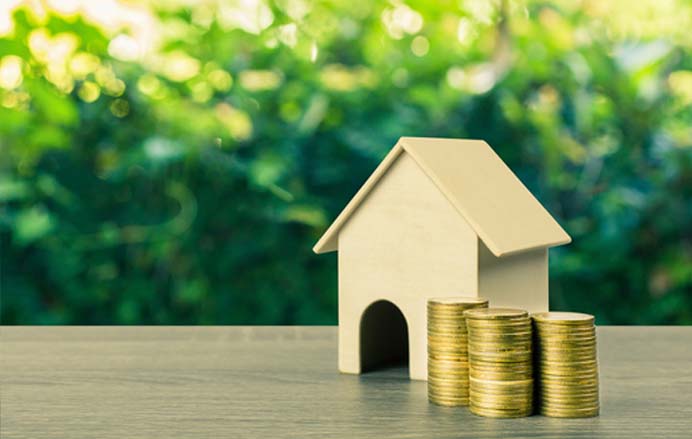
Rising property prices have led many people to look for ways to unlock the increased equity in their homes so they can enjoy a comfortable lifestyle in their golden years.
For most of us, our homes represent the biggest or most significant portion of our wealth. But it’s an asset that can’t necessarily be realised quickly. It might take some time to sell your home and, in any case, you still need somewhere to live. And, if you’re selling in a rising market, you’re also buying in a rising market.
There are a number of ways to access the equity in your home, although be mindful of the consequences for your particular circumstances. With such a big decision and the complex financial products available, it’s best to get independent financial advice, we can help clarify how you might be affected now and in the future.
Reverse mortgages
Reverse mortgages are more popular than ever, allowing you to borrow money using the equity in your home as security.
Following the introduction of tougher regulatory requirements, today, reverse mortgages are provided by a number of small bank and non-bank lenders.
The highest amount you can borrow, using your home as security, varies according to your age. At age 60, it’s likely you will be able to borrow around 20% of the value of your home. This amount usually increases as you get older so by 65, you may be able to borrow about 20-25%.
The advantage of a reverse mortgage is that, while you’re living in your home, you don’t make any repayments on the loan. The loan, including interest and fees, is repaid when you move out or sell your home. Interest charged on the loan is usually higher than for standard mortgages. Currently, rates average just over 8 per cent to just under 10%.
The Australian Securities and Investments Commission MoneySmart website provides a reverse mortgage calculator to help you decide if it’s the right course of action for you.
A Government scheme
The Federal Government’s Home Equity Access Scheme is a popular alternative to private reverse mortgages products, with the scheme growing by about 60% a year.
The Scheme provides loans to eligible older people, secured against your home. You can choose to receive a lump sum or a fortnightly tax-free payment.
The loan and any costs must be repaid to the government but you can make repayments or stop them at any time. If you sell the property you can repay the loan on settlement or transfer the loan to another property.
If there’s an outstanding loan after your death, the government will seek repayment from your estate.
The current interest rate is 3.95%.
Home reversion
Slightly different to a reverse mortgage, home reversion is another way of accessing the equity in your home while still living in the property.
You don’t pay interest because it’s not a loan but there are transaction fees. The provider pays you a discounted amount for the percentage of the property you sell based on today’s value. Then, when the property is sold, the provider receives the same percentage of the sale price, meaning that the more your home increases in value, the more the provider receives.
Other options
Another way of taking advantage of the equity in your home is to sell it and buy a smaller one. Downsizing could allow you to clear the mortgage and invest or spend anything left over.
Those aged 55 or older can contribute up to $300,000 (for each spouse) from the sale into your superannuation fund. It’s considered a non-concessional contribution, but it doesn’t count towards the contribution cap.
You could also consider converting your home to a dual occupancy or, if you’re on a large block, subdividing.
Get in touch with us for a review of the options available to you, so you can look forward to enjoying your golden years with confidence.